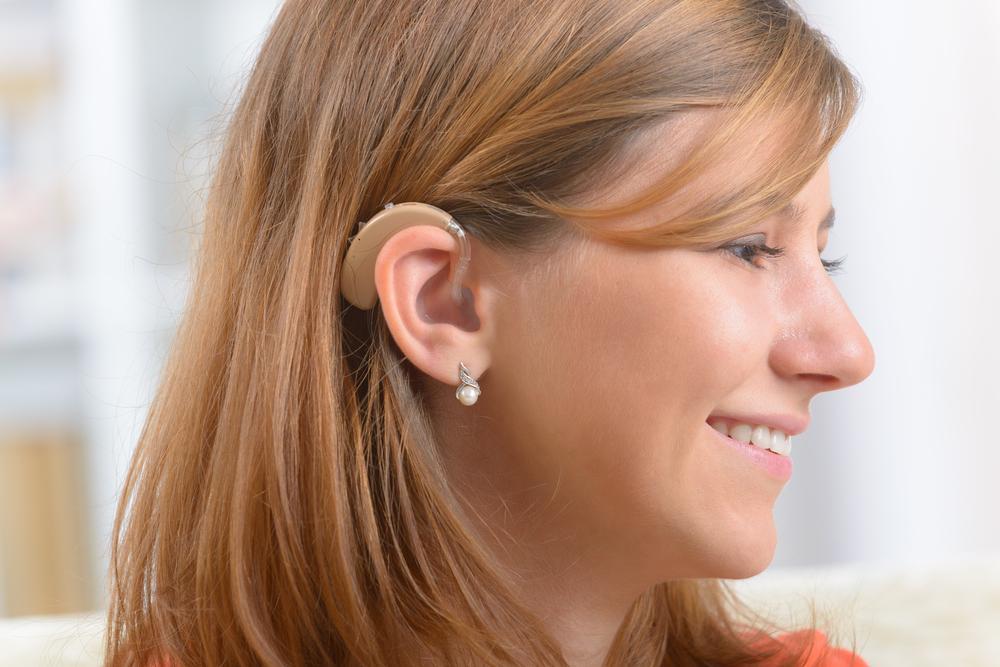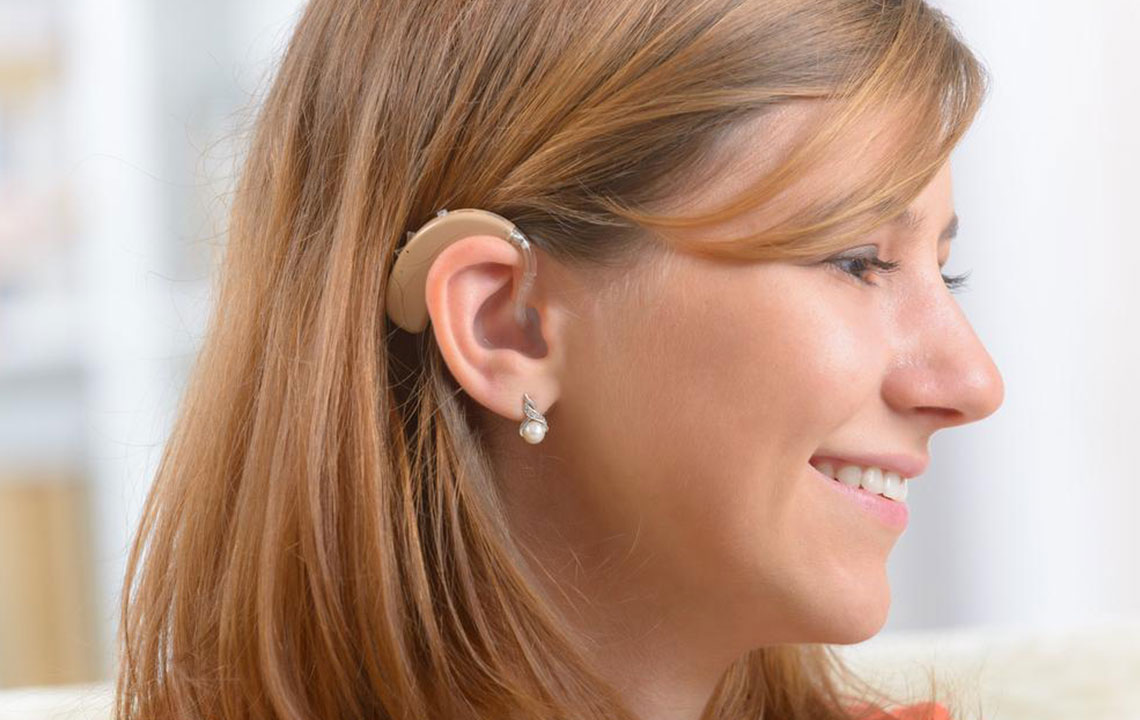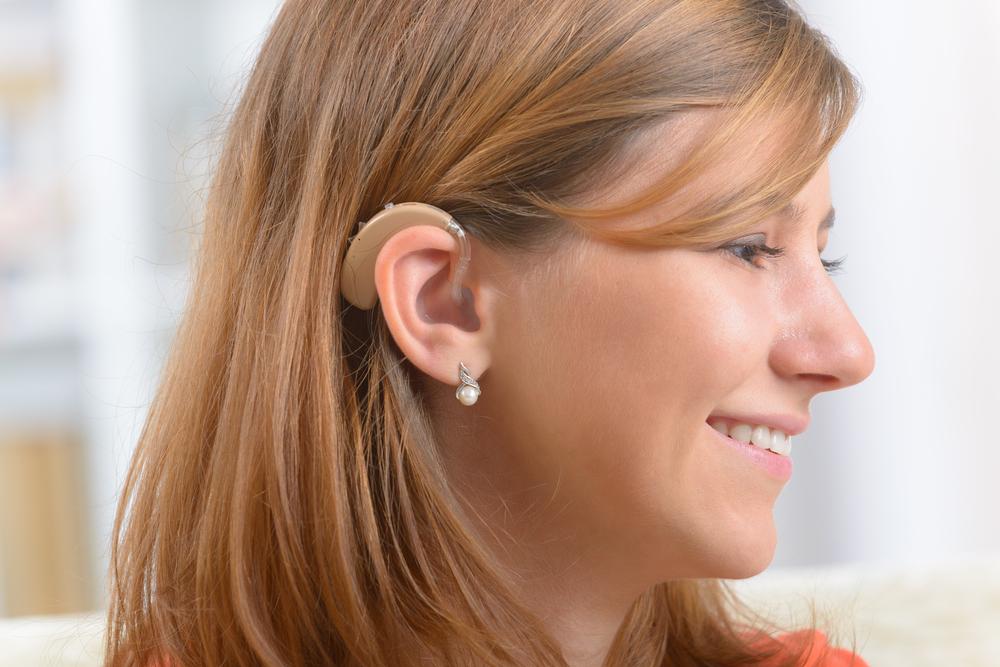Comprehensive Guide to Modern Digital Hearing Devices
Explore the latest digital hearing aids, their components, advantages, and top models. Discover how these advanced devices improve hearing clarity, adapt to various environments, and are designed for durability. Perfect for individuals seeking discreet and reliable hearing solutions with modern features like Bluetooth connectivity and noise reduction.

Comprehensive Guide to Modern Digital Hearing Devices
Advancements in technology have revolutionized hearing assistance, enabling individuals with hearing challenges to experience a richer soundscape. Digital hearing devices have replaced traditional analog models, offering greater durability and user-friendly features. These innovative devices are lightweight, discreet, and equipped with high-quality components that enhance hearing clarity. They process sound digitally for improved sound quality and customization, making them increasingly popular among users worldwide.
Digital vs. Analog Hearing Aids
The primary distinction lies in how they handle sound: digital aids convert audio signals into digital data, then process and convert them back to sound, providing clearer audio. Analog devices amplify sounds continuously, which can sometimes lead to distortion and less precise sound quality.
Digital aids deliver superior sound clarity thanks to advanced processing. They send sound directly to the ear, resulting in a more natural listening experience. The processing involves converting sounds into digital signals, improving audiology accuracy and user comfort.
Core Components of Digital Hearing Devices
Microphone: Captures environmental sounds and adapts directionality for optimal hearing based on surroundings.
Microchip: Acts as the device’s control center, handling sound processing and wireless communication, allowing for compact design.
Battery: Powers the device, with longevity depending on size and feature set.
Amplifier: Enhances sound signals per the user’s hearing needs, ensuring clarity without distortion.
Receiver: Transforms processed electrical signals into sound, delivering it to the ear. Larger devices may be used for severe hearing loss.
Popular Digital Hearing Aid Models
Innovative options like the Widex DREAM series provide seamless sound experiences, from nature sounds to crowded social settings. Other notable models include Phonak Audeo BTE, Starkey Z Series, Oticon Ino Pro MiniRite, and Unitron Moxi2 RIC, offering tailored solutions for diverse needs.
Benefits of Digital Hearing Aids
Enhanced with sophisticated algorithms, digital aids can minimize background noise and adapt to various environments. They are customizable for individual preferences, often integrating Bluetooth for direct phone connections, and controllable via smartphone apps for volume adjustments. These devices are designed to be durable with water- and dust-resistant coatings, making them reliable over time. Modern models are discreet, highly accessible, and long-lasting, providing users with a comfortable hearing solution.
Note:
Our blog offers a wide range of information across multiple categories, aiming to educate and inform readers. While we strive for accuracy, the content should not be considered definitive. We do not guarantee the data's completeness or correctness, and users should consult professional sources for specific advice. Additionally, certain offers or schemes may vary and are not covered here.










